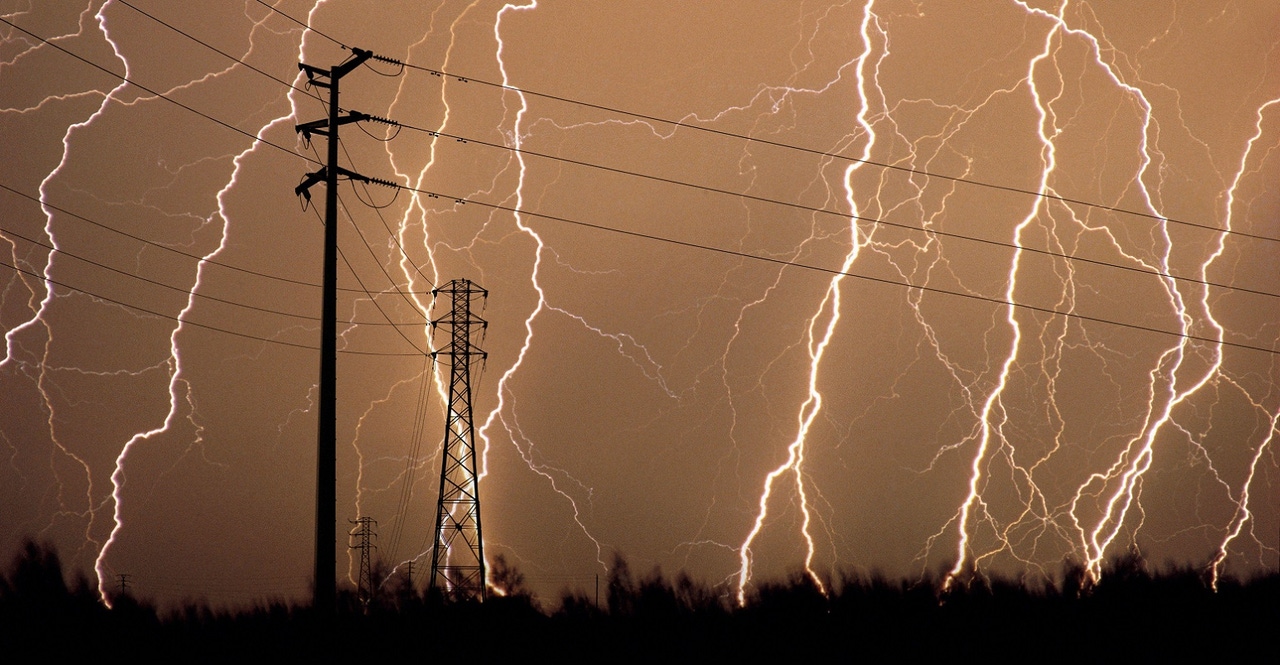How to Prepare Your IT Organization to Survive a Major Power Grid CollapseHow to Prepare Your IT Organization to Survive a Major Power Grid Collapse
Will it be "lights out" for your IT organization if the local power grid fails? Here are the steps you can take today to prepare for a potentially dark future.
October 4, 2023

As temperatures rise and more power-hungry devices — including electric vehicles — come online, regional power grids are beginning to feel the strain. Earlier this year, the North American Electric Reliability Corp., a non-profit organization that oversees the dependability of North American power grids, warned that some areas are already facing risks of electricity supply shortfalls during periods of more extreme summer conditions.
The impact of a widespread power outage on an organization's IT operations varies greatly, based primarily on how much they have invested in protecting themselves from this type of catastrophe, says Dale Penny, NetDevOps engineer at network infrastructure automation firm BackBox. "For organizations that don't invest the time and effort needed to implement best practices for data management and service reliability, a power grid collapse could trigger significant data loss and corruption as well as disrupt critical services that their customers rely on."
A grid collapse would immediately halt power service over a wide area for hours or days. IT systems rely on electricity to process, exchange and store information, says Alexandre Parisot, ecosystem director, AI and Energy Systems, at Linux Foundation Energy. "Therefore, we can expect many systems to become unavailable, dysfunctional, or even experience the loss of valuable data," he notes. A grid failure would also cripple the organization's ability to cool its data center.
In offices, local-area networks would be immediately affected. Servers and centralized systems would remain available for only a limited amount of time, since even the best backup generators are usually designed to supply electricity for only up to a few hours. Meanwhile, the IT workforce, which usually has no problem dealing with service issues under normal conditions, would experience difficulty doing so in a large-scale event, due to their inability to connect to systems remotely or possibly even physically, Parisot says.
Preparation Steps
To minimize a grid failure's operational impact to the greatest possible extent, IT organizations need to establish a strong business continuity plan. ...
Read more about:
InformationWeekAbout the Author
You May Also Like






.jpg?width=700&auto=webp&quality=80&disable=upscale)
